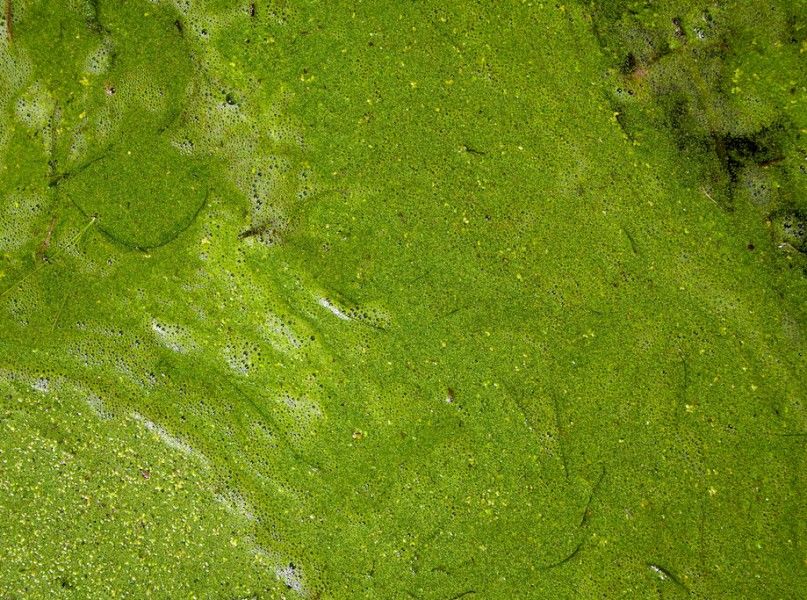Maybe scum isn’t such a bad thing.
Over the last few weeks, studies and stories from around the world have indicated that both microscopic and macro-algae may actually be great sources of biofuel.
“Microalgae produces much higher yields of fuel-producing biomass than other traditional fuel feedstocks and it doesn’t compete with food crops,” said USU mechanical engineering graduate student, Jeff Moody, who studied the application of microalgae as biofuel.
 According to the USU study, one acre of algae results in about 2,500 gallons of biofuel per year, while soybeans limp behind at 48 gallons, and corn at 18 gallons on the same plot.
According to the USU study, one acre of algae results in about 2,500 gallons of biofuel per year, while soybeans limp behind at 48 gallons, and corn at 18 gallons on the same plot.
While many are concerned about growing scum as a large-scale agricultural practice, scientists suggest it can easily be done. Studying the growth of freshwater micro-algae Nannochloropsis oculata, USU scientists simulated growth rates at over 4,388 sites all over the world. The study found that the growing methods would be particularly successful in the Middle East.
“We have found that the algae yielded maximum annual average lipid between 24 and 27 cubic metres per hectare per year for Egypt, Saudi Arabia, Ethiopia, Australia, Brazil, Colombia and India,” said lead researcher Jason Quinn from the Utah State University. The study suggested that it would take 27 times the amount of ag-land for soybeans to provide the same output. “The major advantage of growing microalgae,” Quinn said, “is that it does not require quality land like traditional terrestrial crops.”
Just this week, another scum-to-biofuel story broke after scientists discovered a macro-algae on the coastal region of Chennai.
“Such macro algae can be a rich source of biomass,” said principal investigator and scientist at the Centre for Biosciences, Central University of Punjab, Felix Bas to the Times of India. “Macro algae or seaweed changes its morphology frequently and hence it is extremely tough to record or find out about various species.”
The new strain is called Cladophora, and researchers say not only could the algae provide biofuel, but it could also be used for raw material in cancer drugs.
One set back scientists do see, however, is the expensive conversion cost. Going from green to gas is expensive. But according to an article in Take Part, scientists have started using hydrothermal liquefaction, which journalist Katharine Gammon describes as “pressure cooking”, to start separating the lipids that serve as the fuel. Given more research, the cost could drop to make this a reality.
The US Department of Energy is sold on doing more research, and has given $44 million to the National Alliance for Advanced Biofuels and Bioproducts, a consortium exploring the scummy possibilities for cleaner energy. With a lot more green, we might be looking at scum very differently.
If you have any news, insights to share, would like to pitch guest posts, commentaries or white papers, drop me a line at [email protected].
FEATURED PHOTO: Jarrod Erbe/Flickr




